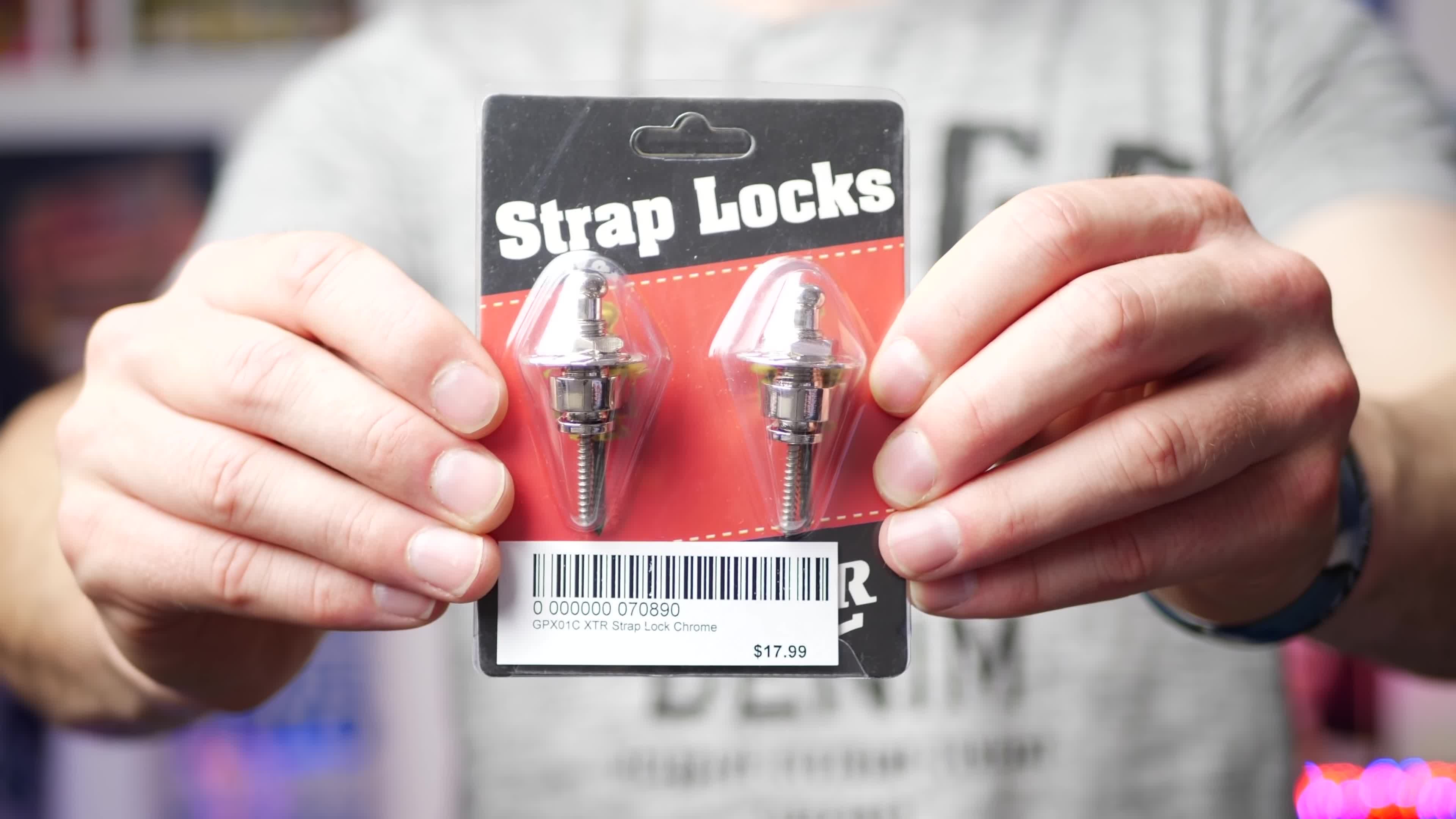This review delves into the performance and reliability of XTR strap locks, assessing their practicality and overall value. Initially promising due to their ease of use and apparent sturdiness, the author's experience quickly took a turn for the worse. Three out of twelve sets failed unexpectedly, revealing a critical design flaw that led to significant frustration and potential damage to the guitars.The failures stemmed from a problematic spring-loaded mechanism within the lock, rendering removal incredibly difficult and requiring the use of tools like grinders and pliers. This ultimately led to the author abandoning the XTR locks in favor of traditional strap buttons. This review highlights the potential for catastrophic failure and offers a cautionary tale for musicians considering this particular brand of strap lock. A discussion of alternative options, including higher-quality alternatives, is also included.
Read more: 5 Best Black Guitar Straps: A Buyer's Guide
Initial Impressions and Early Problems
Initially, I was impressed with the XTR strap locks. They seemed sturdy and easy to use. However, my positive experience quickly soured.

Within a short period, I encountered a significant issue: three out of twelve sets failed unexpectedly. This was concerning, as the failure was swift and unpredictable.
The malfunction made removing the strap locks from my guitars extremely difficult. This unexpected failure significantly impacted my experience.
The Root of the Problem: Mechanical Failure
The problem lies in the small wheel and spring-loaded mechanism. This is the component responsible for attaching and detaching the strap.

Without warning, this component would simply detach itself, leaving the strap lock jammed onto the guitar. This poses significant challenges when trying to remove the strap.

The design flaw is that the broken part isn't easily replaceable. There is no screw mechanism to allow for easy repair or reattachment.

Removal Methods and Damage Mitigation
Removing the failed strap locks is a laborious process. On my first attempt, I used a grinder. This was successful but risks damaging the guitar itself.

Subsequent failures required pliers to forcibly break the locks apart. This method is less destructive but still involves significant effort and some risk.

It's crucial to exercise caution. Avoid twisting the lower part of the lock to prevent scratching the guitar's finish.

Alternatives and Conclusion
Due to the repeated failures of the XTR strap locks, I've switched back to traditional strap buttons. I may also explore inexpensive rubber strap retainers.

Higher-quality strap locks, like Dunlops, might offer more reliable performance. My personal experience suggests that XTR strap locks are not a worthwhile investment.
The XTR strap locks are prone to unexpected, catastrophic failure, making them frustrating and potentially damaging to your instruments. I strongly advise against purchasing them.
